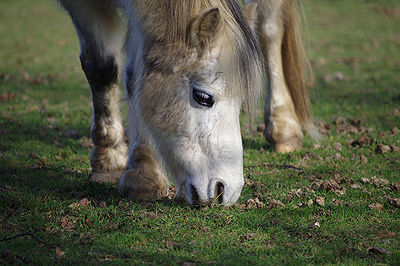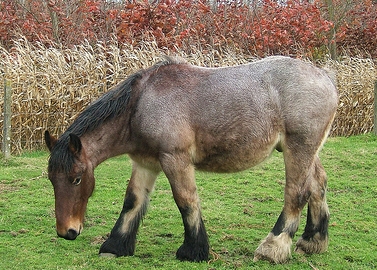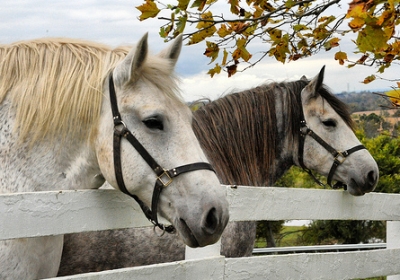
This year, 2012, the weather has played havoc with food supplies. Drought conditions have sorely affected hay production, a horse’s main source of fiber in the diet. Drier than normal conditions have also limited the amount of forage available. Hay prices rise due to lower yields. Since horses must have a good amount of fiber in their diet, other sources must be considered.
The 6th edition of “Nutrient Requirements of Horses” (2007) states that research suggests that insufficient fiber in a horse’s daily diet may cause colic and behavioral issues.
Fortunately there are fiber alternatives available:
- Hay cubes and dehydrated alfalfa pellets provide less wasted feed and less dust which can cause respiratory problems.
- Complete feeds – check for at least 16% crude fiber content. Follow the feeding instructions on the package.
- By products that provide fiber – beet pulp, bran, grain hulls. Beet pulp is tasty and easily digested. Bran is high in phosphorous, so an equal amount of calcium should be provided. Rice bran is high in fat and is not suggested for overweight horses. Oat hulls are dusty and water should be added before feeding. Soy hulls and oat straw are high in fiber.
These fiber sources should not replace hay, but used to stretch available hay to last longer.
Related Articles


